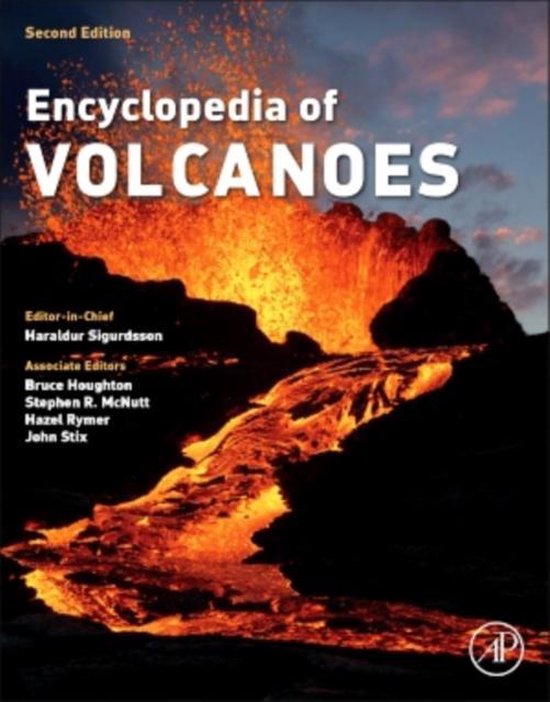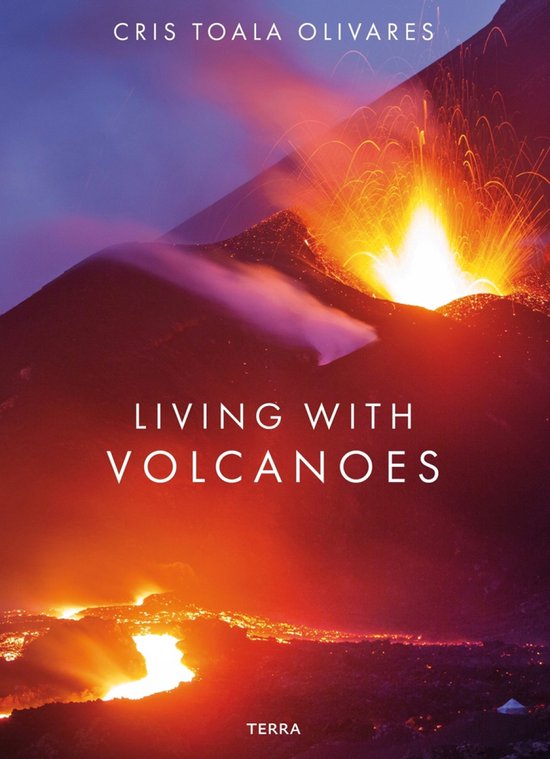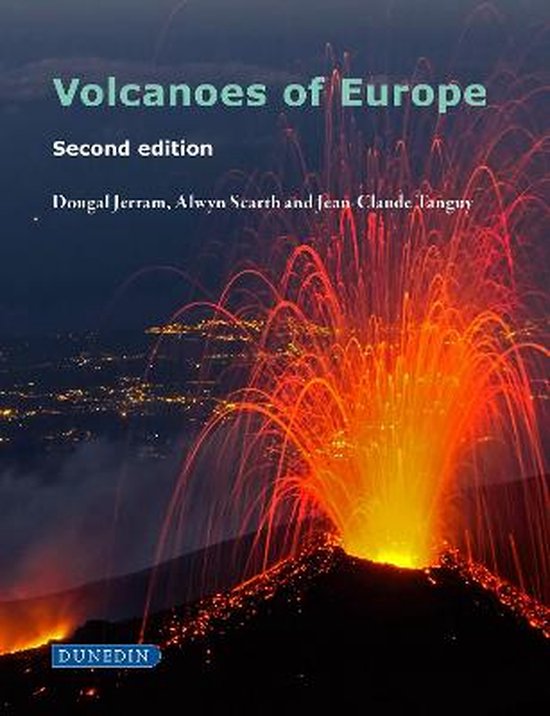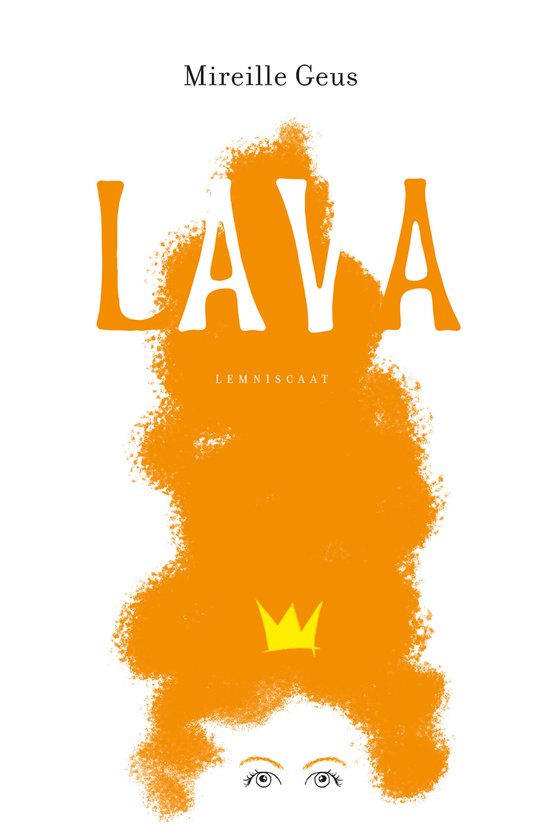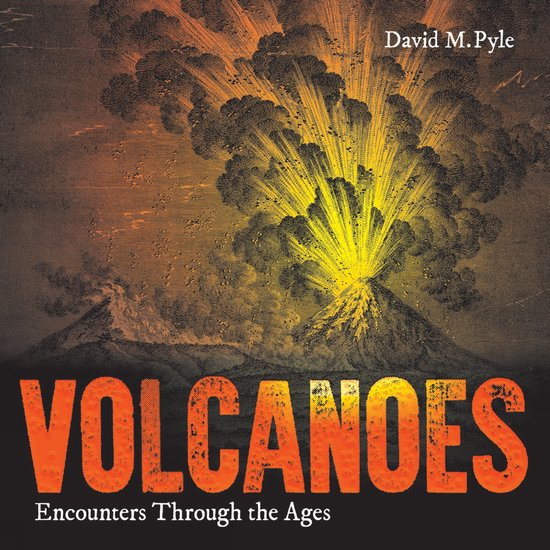
Volcanoes
Volcanoes have intrigued many people, who have left records of their encounters in letters, reports and diaries and through sketches and illustrations. This book tells the stories of volcanic eruptions around the world, using original illustrations and first-hand accounts to explore how our understanding of volcanoes has evolved through time.
For centuries, volcanic eruptions have captured our imaginations. Whether as signposts to an underworld, beacons to ancient mariners, or as an extraordinary manifestation of the natural world, volcanoes have intrigued many people, who have left records of their encounters in letters, reports and diaries and through sketches and illustrations. This book tells the stories of volcanic eruptions around the world, using original illustrations and first-hand accounts to explore how our understanding of volcanoes has evolved through time.
Written accounts include Pliny’s description of the 79 CE eruption of Vesuvius, stories recounted by seventeenth-century sea-farers, and reports of expeditions made by eighteenth- and nineteenth-century natural historians, including Alexander von Humboldt and Charles Darwin.
Illustrations range from fragments of scrolls, buried in the great eruption of Vesuvius that destroyed Pompeii, to Athanasius Kircher’s extraordinarily detailed sketches, made in the seventeenth century, to the spectacular London sunsets caused by Krakatoa’s eruption in 1883. They also include the first photograph of a volcanic eruption and twenty-first-century imaging of Santorini.
These varied and compelling accounts enrich our perspective on current studies of volcanoes and challenge us to think about how we might use our contemporary understanding of volcanology to prepare for the next big eruption.
For centuries, volcanic eruptions have captured our imaginations. Whether as signposts to an underworld, beacons to ancient mariners, or as an extraordinary manifestation of the natural world, volcanoes have intrigued many people, who have left records of their encounters in letters, reports and diaries and through sketches and illustrations. This book tells the stories of volcanic eruptions around the world, using original illustrations and first-hand accounts to explore how our understanding of volcanoes has evolved through time.
Written accounts include Pliny’s description of the 79 CE eruption of Vesuvius, stories recounted by seventeenth-century sea-farers, and reports of expeditions made by eighteenth- and nineteenth-century natural historians, including Alexander von Humboldt and Charles Darwin.
Illustrations range from fragments of scrolls, buried in the great eruption of Vesuvius that destroyed Pompeii, to Athanasius Kircher’s extraordinarily detailed sketches, made in the seventeenth century, to the spectacular London sunsets caused by Krakatoa’s eruption in 1883. They also include the first photograph of a volcanic eruption and twenty-first-century imaging of Santorini.
These varied and compelling accounts enrich our perspective on current studies of volcanoes and challenge us to think about how we might use our contemporary understanding of volcanology to prepare for the next big eruption.
| Auteur | | David Pyle |
| Taal | | Engels |
| Type | | Paperback |
| Categorie | | Wetenschap & Natuur |
